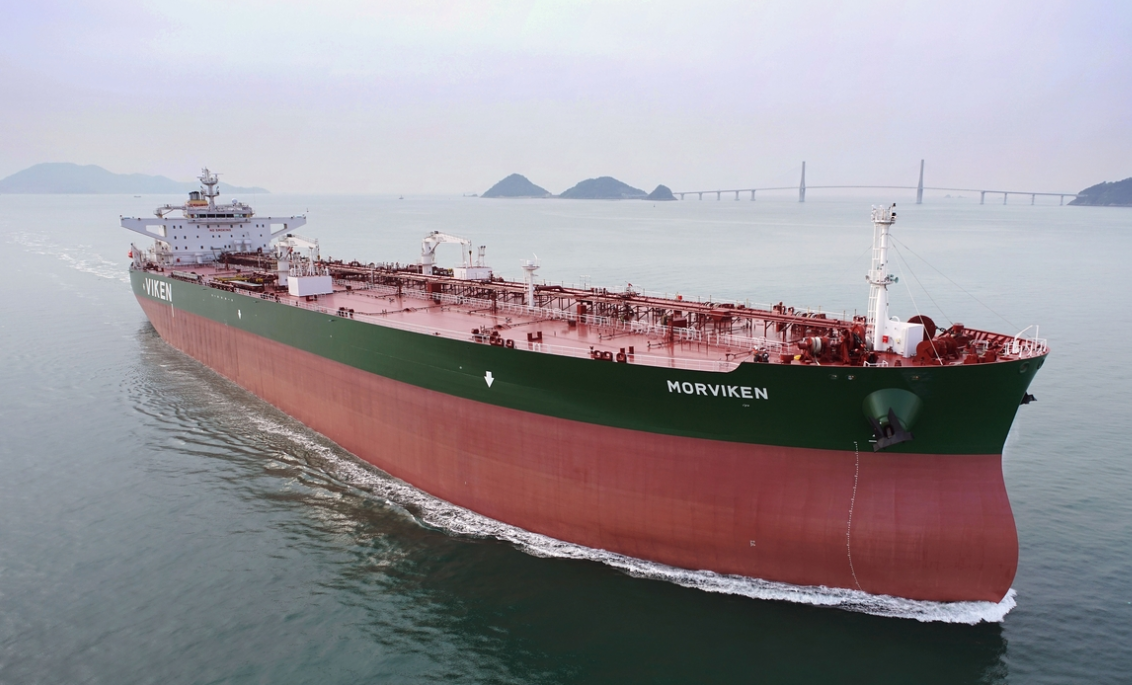In 2025, new shipbuilding activity in the tanker sector slowed significantly, with overall market performance lackluster and the majority of orders for Suezmax tankers. Analysts attributed the decline in orders to a “rational pause” following the surge in orders over the past two years.

According to the latest monthly report from shipbroker BRS Shipbrokers, from January to July 2025, global shipowners placed orders for a total of 88 oil tankers with a deadweight tonnage of 34,000 tons or more, a significant decrease compared to the same period in 2024 (378 vessels) and 2023 (187 vessels). The total order volume during the reporting period was far below the five-year average of 174 vessels and even below the ten-year average of 145 vessels.
BRS pointed out that new shipbuilding prices fell slightly due to weak spot charter rates in the third quarter of 2024, which to some extent stimulated shipowners’ enthusiasm for shipbuilding. However, sluggish dismantling activities failed to alleviate market concerns about fleet oversupply and its potential downward pressure on rates.
To complicate matters further, the import tariffs imposed by US President Trump and the US Trade Representative’s (USTR) port fee policy targeting Chinese-built vessels have caused some shipowners to adopt a wait-and-see approach to shipbuilding. BRS said many shipowners are waiting for demand to recover, the freight market to strengthen, and a more favorable pricing environment to become clear before deciding whether to order new vessels.
“The future development path will depend more on how operators strike a balance between industry self-regulation and strategic renewal, rather than relying solely on speculative optimism,” BRS said in its latest monthly report.
In its latest monthly report, BRS pointed out that “the future development path will depend more on how operators strike a balance between industry self-regulation and strategic renewal, rather than relying solely on speculative optimism.”
In its latest monthly report, BRS pointed out that “the future development path will depend more on how operators strike a balance between industry self-regulation and strategic renewal, rather than relying solely on speculative optimism.”
Suezmax tankers: Leaders in the new tanker market
In 2025, the main driver of new shipbuilding activity in the tanker industry will be fleet renewal, especially in the Suezmax tanker sector. Currently, the average age of the global Suezmax tanker fleet is 13 years, and about 20% of the vessels belong to the gray fleet.
Tanker owners placed orders for 49 and 57 Suezmax tankers in 2023 and 2024, respectively, marking two years of strong growth. The growth momentum in this segment continued in the first seven months of this year, with 40 new vessels ordered, making Suezmax tankers the most popular tanker type this year and the only tanker segment to have exceeded its five-year average in ordering volume during the January-July period.
MR2 and VLCC remain in the spotlight
The MR2 tanker continues to attract market attention, accounting for 25% of all tanker orders (22 out of 88). However, the total order volume for this segment remains well below the five-year average of 71 vessels, which was pushed up by a surge in orders in 2023 and 2024.
Currently, MR2 oil tankers account for 16% of orders and the fleet ratio. Unless there is a significant increase in shipdismantling activities, excess supply will remain an urgent concern.
The VLCC segment has also shown some resilience, with orders for 17 vessels received so far this year. Compared to the orders of 80 vessels in 2024, the first seven months of this year have been somewhat subdued, but order growth has been driven primarily by demand for fleet renewal, and there are currently 166 VLCCs (accounting for approximately 18% of active capacity) operating in the gray market. It is expected that ton-mile growth and demand for long-haul routes will continue to support interest in large vessels.
LR2 tanker orders decrease, but still active
The once-popular LR2 tanker received only nine vessels in 2025. However, BRS points out that although the order-to-fleet ratio is as high as 40%, ordering activity has not completely stalled. This is mainly due to flexible use in clean and dirty oil trading, positive demand prospects, a high proportion of gray tonnage in the existing fleet, and the reality of fleet aging.
BRS analysis shows that if demand for gray tankers remains weak, only a small portion of the current gray LR2 tanker fleet is expected to return to mainstream routes, highlighting the continued demand for new vessels.


